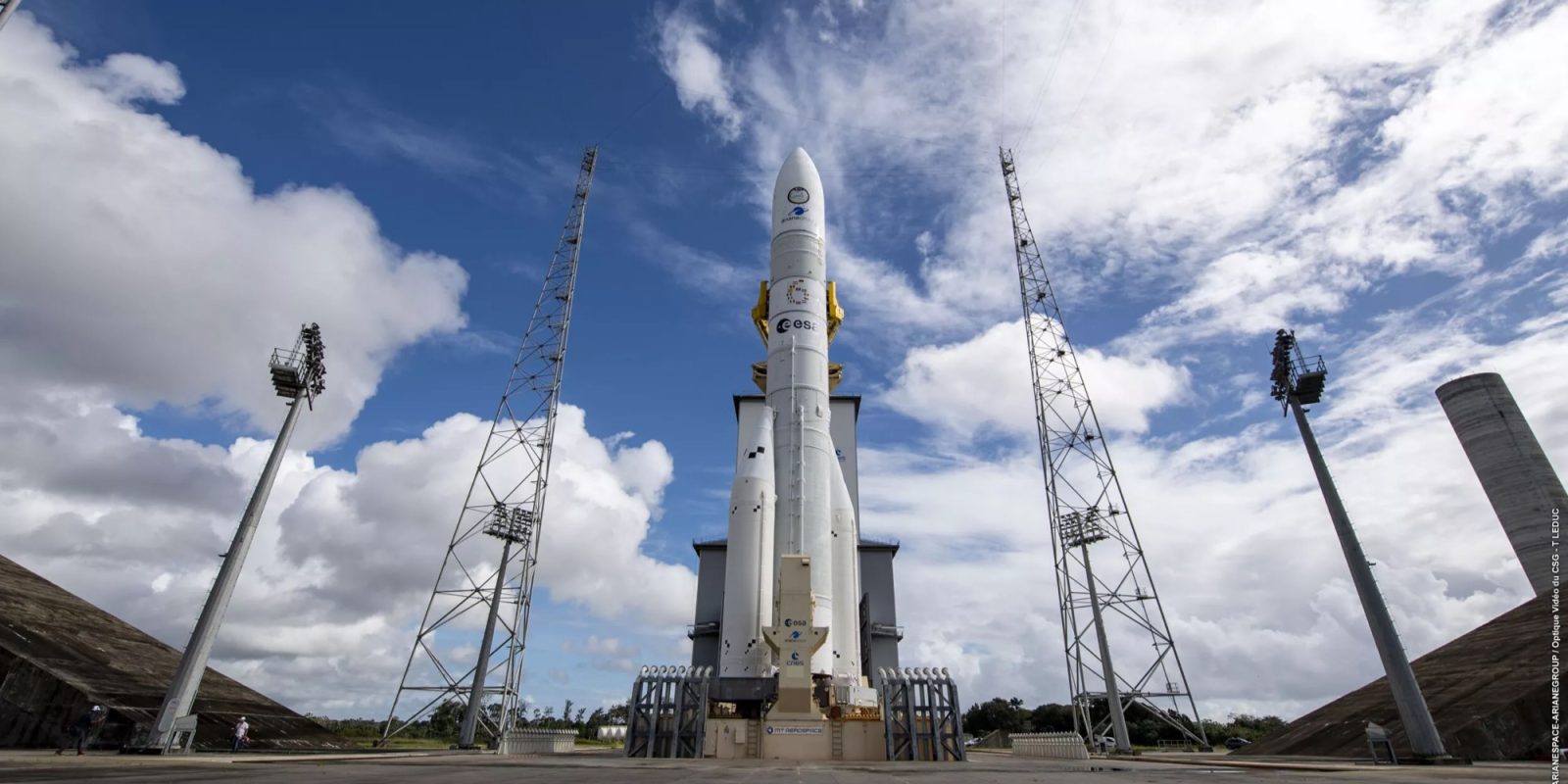
After four years of delays, Europe’s Ariane 6 rocket is poised for its first launch next week, aiming to restore the Continent’s independent access to space and counter the intense competition from Elon Musk’s SpaceX. The European Space Agency’s most powerful rocket is scheduled to blast off from its South American spaceport in Kourou, French Guiana, at 2:00 p.m. EDT (18:00 UTC) July 9.
This launch marks a crucial moment for Europe, which has been unable to launch satellites or other missions without relying on foreign firms like SpaceX since the last flight of Ariane 5 a year ago. The situation was exacerbated when Russia withdrew its Soyuz rockets from Kourou following its invasion of Ukraine in 2022 and the grounding of Arianespace’s Vega-C light launcher after an in-flight failure later that year.
ESA Director General Josef Aschbacher highlighted the importance of Ariane 6, stating “it’s absolutely mandatory for Europe to have an independent access to space.” The $4.8 billion (4.5 billion euro) program has faced numerous setbacks, making this launch a pivotal moment for the Continent’s space ambitions.
A recent “wet dress rehearsal” conducted last month went “very smoothly … like a Swiss watch,” according to ESA Space Transportation Acting Director Toni Tolker-Nielsen, who added there was no reason to question the launch date.
Ariane 6 is designed to put satellites into geostationary orbit some 22,000 miles (36,000 kilometers) above Earth. It can also launch constellations a few hundred miles up in low Earth orbit.
The rocket’s inaugural flight will use two boosters, with a more powerful four-booster version scheduled for mid-2025. Additionally, Ariane 6’s upper stage, powered by the Vinci engine, is designed to fire its engine one last time after placing satellites into orbit, allowing it to fall back to Earth and not become space debris.
Unlike SpaceX’s reusable Falcon 9 rocket, Ariane 6’s boosters and other parts are not designed for reuse. This decision, frequently criticized by SpaceX’s Elon Musk, was defended by European officials, who argued that reuse would not be economically viable given the rocket’s fewer planned launches.
Despite this, the space business is booming, with projections indicating a surge in spending on launchers, satellites, and other space economy components to $822 billion by 2032, up from $508 billion last year.
This growth has, however, not yet translated into profitability for Ariane 6. The first 15 launches are financed, but ESA’s member states have agreed to subsidize the rocket for up to $365 million (340 million euros) annually from its 16th to 42nd flights in return for an 11% discount.
Ariane 6 has already secured an order book of 30 missions, including 18 for deploying Amazon’s Kuiper constellation of internet satellites. “That is absolutely unprecedented for a rocket that has not flown,” said Stephane Israel, CEO of Arianespace, the company that builds the Ariane 6.
But in a surprising turn, just days before the inaugural flight, Europe’s weather satellite operator EUMETSAT canceled plans to use Ariane 6 in favor of SpaceX’s Falcon 9, citing “exceptional circumstances.” Philippe Baptiste, head of France’s CNES space agency, described the move as “a very disappointing day for European space efforts.”
Martin Sion, CEO of ArianeGroup, acknowledged the stiff competition, stating, “The challenge for Ariane 6 will be to survive in a market that needs rockets.”
FTC: We use income earning auto affiliate links. More.




Comments